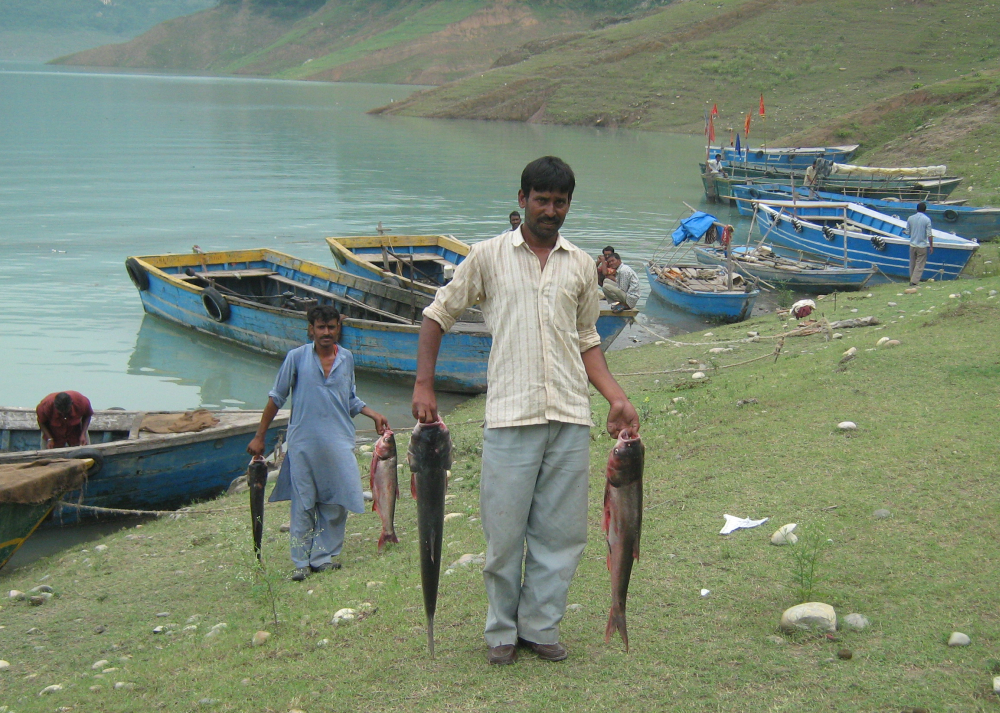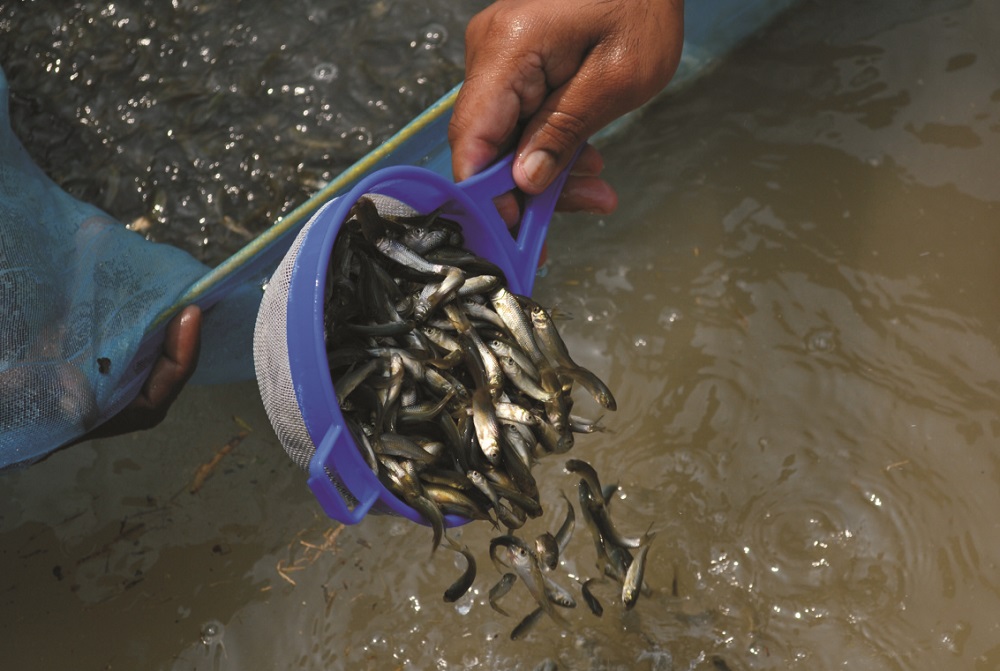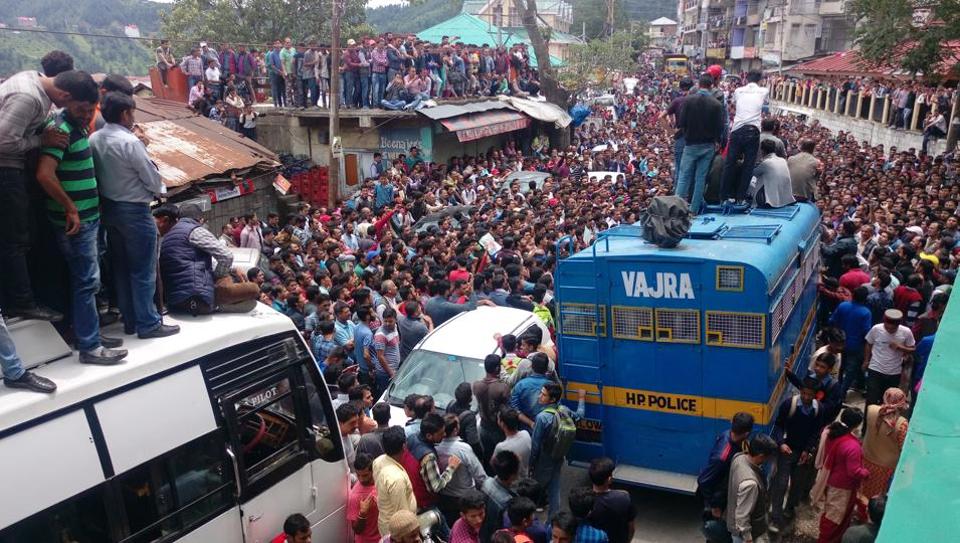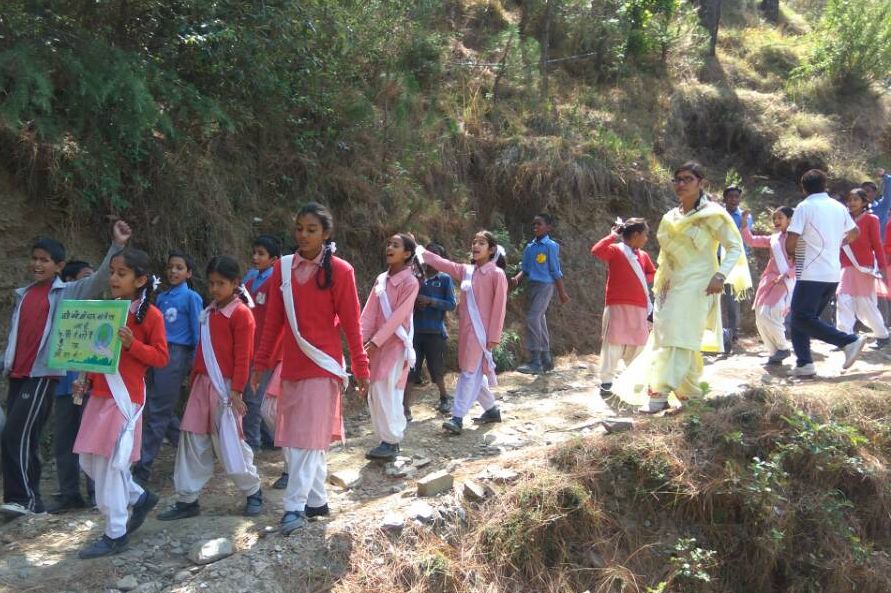In the picturesque landscapes of Himachal Pradesh, a remarkable transformation is underway, breathing new life into the state’s fisheries sector. With a vision for progress, the government of Himachal Pradesh is embarking on an ambitious journey known as the “Aquatic Renaissance.” This comprehensive plan aims to unlock the untapped potential of the region’s rivers and reservoirs, setting the stage for a thriving fisheries sector that promises economic growth and sustainable livelihoods for its communities.
At the heart of this transformation lies the ambitious “Blue Revolution,” a comprehensive plan aimed at unlocking the untapped potential of the state’s rivers and reservoirs. With a strategic focus on reservoirs such as Govind Sagar, Pong, Chamera, Ranjit Sagar and Koldam, the government is actively providing incentives and support to the fishermen, ensuring the economic well-being of the rural communities.
The cornerstone of this transformative movement is the promotion of commercial fisheries on a large scale. To achieve this, the government has set forth an ambitious plan to construct 120 trout units, which will significantly boost trout production in the region. Under the Pradhan Mantri Matsya Sampada Yojana, a substantial allocation of Rs. 202.838 lakh has been made, empowering various circles to establish 106 trout units. The process of selecting beneficiaries and distributing gratuity amounts is already underway at the district and divisional levels, ensuring a smooth implementation of this transformative initiative. These efforts hold immense promise for trout fish production in the high-altitude regions of Himachal Pradesh.
To revolutionize fish farming practices, the state government is embracing modern techniques, with a particular focus on adopting Biofloc Technology (BFT). Considered the new “Blue Revolution,” BFT allows for continuous recycling and reuse of nutrients in the culture medium, minimizing water exchange. Himachal Pradesh aims to establish five small-scale biofloc units across the state, empowering individuals associated with the fisheries industry. An allocation of Rs. 19.50 lakh has been disbursed to various circles to support the adoption and implementation of this cutting-edge aquaculture technique.
Recognizing the importance of high-quality fish feed, the government has allocated Rs. 42 lakh to establish three fish feed plants within the state. These plants will ensure a consistent supply of nutritious feed, contributing to the overall productivity and growth of the fisheries sector.
Moreover, the government envisions the establishment of a state-of-the-art fisheries training center at Carp Farm, Gagret in Una district. With a significant investment of rupees five crore, this advanced facility will provide comprehensive training to 600 fish farmers, equipping them with the knowledge and skills necessary to thrive in this evolving industry.
To enhance the fish preservation and distribution infrastructure, the government plans to set up an ice factory with a cost of Rs. 48 lakh. This facility will play a pivotal role in maintaining the freshness and quality of fish produce, reinforcing the state’s commitment to delivering top-notch products to consumers.
The government’s efforts in generating employment and self-employment opportunities in the fisheries sector have yielded remarkable results. Within a short span, Himachal Pradesh has paved the way for self-employment opportunities for 247 individuals, significantly transforming lives and improving financial well-being.
The success of these initiatives is evident in the remarkable growth of fish production in Himachal Pradesh. The state witnessed a significant increase, with 17,026.09 metric tonnes of fish produced in 2022-23, surpassing the previous year’s record. Reservoirs like Govind Sagar and Pong Dam played a crucial role, contributing substantial amounts of fish and providing farmers with additional sources of income. These numbers solidify the fisheries sector’s status as a paramount pillar of economic growth in the region, empowering economically disadvantaged communities with sustainable livelihood opportunities.







